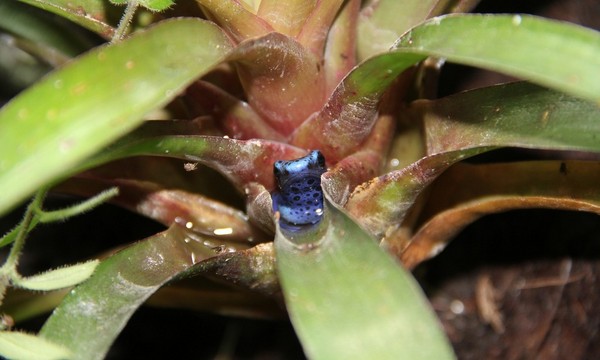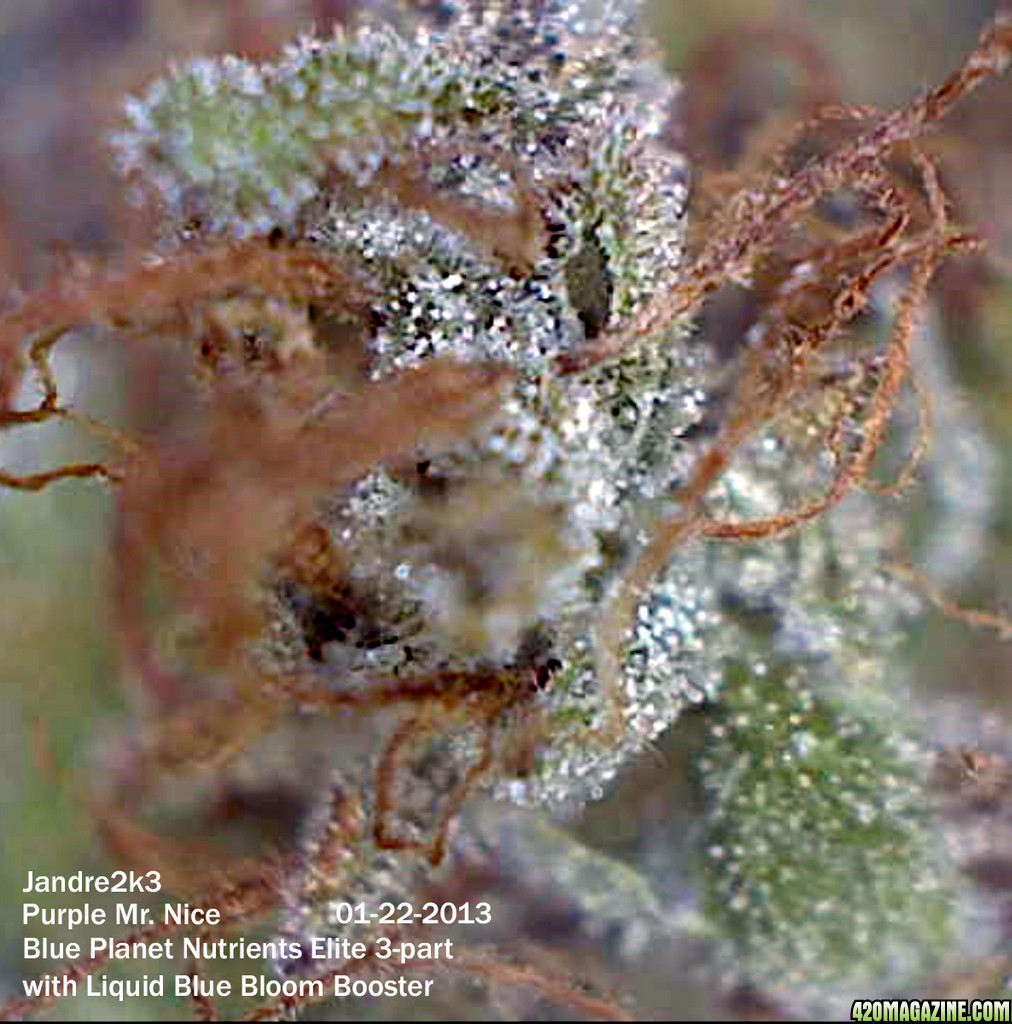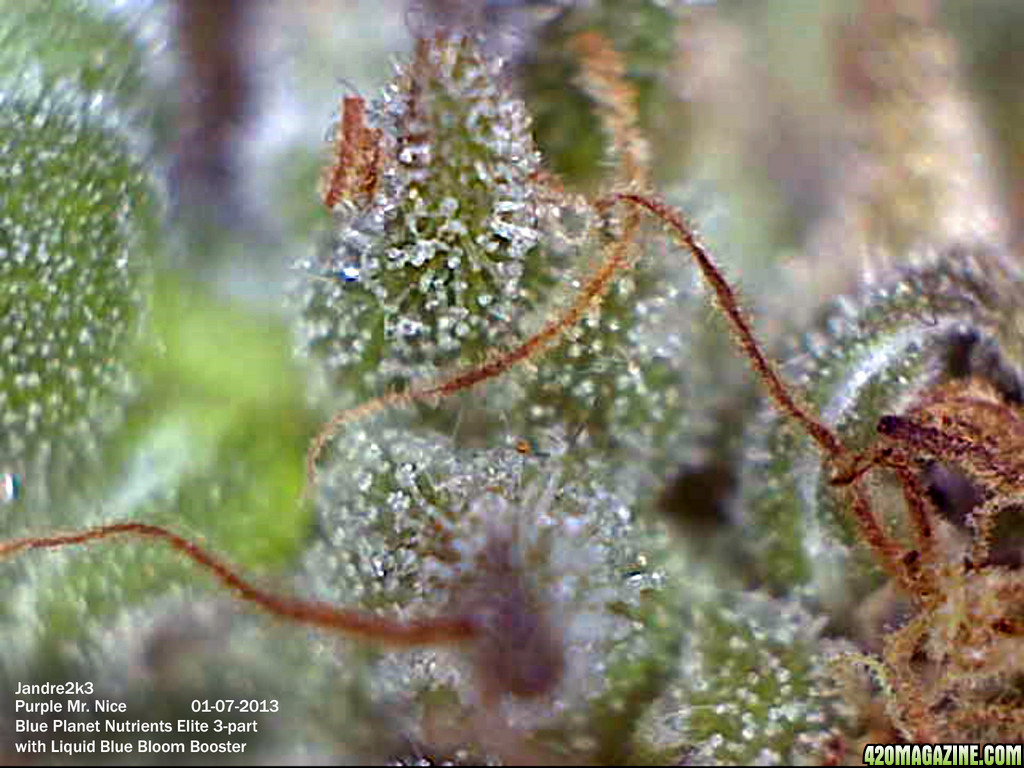What strain is it? Purple Mr. Nice
Is it Indica, Sativa or Hybrid? What percentages? 100% Indica
Is it in Veg or Flower stage? VEG
If in Veg... For how long? Since Cloning
If in Flower stage... For how long? N/A
Indoor or outdoor? Indoor
Soil or Hydro? Hydro
Size of light? 400w HPS + 2 35w UVA/UVB HO-T5
Is it aircooled? Yes
Temp of Room/cab? 80F
RH of Room/cab? 35%
PH of media or res? 5.8 +/-3
Any Pests ? Sometimes
How often are you watering? 3x / day
Type and strength of ferts used? Crazy Growth
Up in the next experimental run there will be new additives, completing the Blue Planet Nutrients High Yield Feeding System
I am now proud to announce that I will soon have all of the Blue Planet Nutrients Elite Series of nutrients.
I just got tracking information from FedEx Home Delivery. It should be here 2/22/2013.
Everybody cheer!
Is it Indica, Sativa or Hybrid? What percentages? 100% Indica
Is it in Veg or Flower stage? VEG
If in Veg... For how long? Since Cloning
If in Flower stage... For how long? N/A
Indoor or outdoor? Indoor
Soil or Hydro? Hydro
Size of light? 400w HPS + 2 35w UVA/UVB HO-T5
Is it aircooled? Yes
Temp of Room/cab? 80F
RH of Room/cab? 35%
PH of media or res? 5.8 +/-3
Any Pests ? Sometimes
How often are you watering? 3x / day
Type and strength of ferts used? Crazy Growth
Up in the next experimental run there will be new additives, completing the Blue Planet Nutrients High Yield Feeding System
- 3-part Elite base nutrients: Grow, Micro, Bloom
- Vita Blue
- Liquid seeweed
- Early Bloomer
- Liquid Blue
- Root Magic
I am now proud to announce that I will soon have all of the Blue Planet Nutrients Elite Series of nutrients.
I just got tracking information from FedEx Home Delivery. It should be here 2/22/2013.
Everybody cheer!













